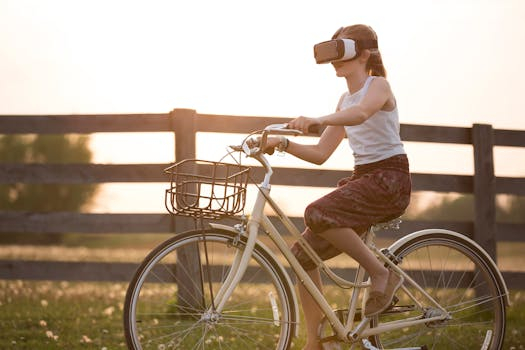Beyond Buying: Creating Immersive Brand Experiences
In today’s cluttered marketplace, simply selling a product or service is no longer enough. With the rise of e-commerce and the ability for consumers to easily compare and purchase from multiple brands, businesses are finding it increasingly challenging to differentiate themselves and connect with their target audience. This is where creating immersive brand experiences comes into play. By going beyond the traditional buying experience, brands can engage customers on a deeper level and create lasting connections that go beyond a single transaction. In this article, we’ll explore the concept of creating immersive brand experiences and the impact it can have on a business’s success.
The Power of Immersive Brand Experiences
Immersive brand experiences are more than just flashy marketing campaigns or eye-catching advertisements. They tap into consumers’ emotions and create a sense of connection and personalization. By immersing customers in a brand’s story, values, and culture, businesses can foster loyalty and advocacy, leading to increased sales and long-term success. In fact, a study by Salesforce found that 65% of consumers feel more connected to a brand when they can interact with it in an immersive way.
Going Beyond Traditional Advertising
In the past, brands relied heavily on traditional advertising methods such as television commercials, print ads, and billboards. While these methods can still be effective, they often lack the personalization and emotional connection that immersive brand experiences provide. In contrast, immersive experiences allow customers to actively engage with a brand in a more memorable and impactful way. This can include anything from interactive pop-up shops, to virtual reality experiences, to personalized social media campaigns.
The Role of Technology
Technology has played a large role in the rise of immersive brand experiences. With the advancement of virtual and augmented reality, businesses are able to transport customers into their brand’s world, providing a unique and unforgettable experience. For example, Ikea’s virtual reality kitchen lets customers experience their products in a more interactive and realistic way, increasing their engagement and likelihood to purchase. Additionally, social media platforms such as Instagram and Snapchat have become popular avenues for creating immersive experiences, with features such as filters and lenses that allow users to interact with a brand’s products in a fun and creative way.
Key Elements of Immersive Brand Experiences
Storytelling
At the core of every immersive brand experience is a compelling story. In order to truly connect with customers, brands must communicate who they are and what they stand for. By using storytelling techniques, brands can create an emotional connection with their audience, leading to a deeper understanding and appreciation for the brand.
Personalization
One size does not fit all when it comes to immersive brand experiences. Consumers want to feel like the experience is tailored specifically for them. By utilizing customer data and technology, brands can create personalized experiences that speak directly to their target audience, increasing their engagement and likelihood to purchase.
Engagement
The success of an immersive brand experience ultimately depends on how engaged the customer is. To create a truly immersive experience, brands must provide opportunities for customers to actively participate and engage with the brand. This can include interactive installations, product demonstrations, or even user-generated content campaigns.
Examples of Successful Immersive Brand Experiences
Nike’s Innovation Kitchen
Nike’s Innovation Kitchen is a perfect example of a brand using technology to create an immersive experience. The space, located in New York City, uses motion sensors and video projections to create a virtual reality experience where customers can design their own custom sneakers.
Coca-Cola’s “Share a Coke” Campaign
In 2014, Coca-Cola launched their “Share a Coke” campaign, which replaced the brand’s logo on their iconic products with popular names and nicknames. This campaign not only personalized the product for customers, but it also encouraged them to share their Coke with friends and family, creating a deeper emotional connection to the brand.
Gucci’s Snapchat Lenses
Gucci has been a leader in using Snapchat lenses to create immersive brand experiences. In 2017, the luxury fashion brand released a lens that superimposed its signature sunglasses onto users’ faces. The lens was viewed over 800 million times and resulted in a 35% increase in sales of the featured sunglasses.
The Future of Brand Experiences
The popularity and effectiveness of immersive brand experiences show no signs of slowing down. As new technologies emerge and consumer expectations continue to evolve, brands must stay innovative and find new ways to connect with their audience. By going beyond buying and creating immersive experiences for their customers, brands can build stronger relationships and drive long-term success.
In conclusion, creating immersive brand experiences is essential for businesses looking to stand out in today’s competitive market. By leveraging technology, storytelling, and personalization, brands can create memorable and meaningful experiences that foster loyalty and advocacy. As the landscape of marketing and advertising continues to shift, brands must adapt and find ways to engage and connect with consumers in a deeper and more personalized way. So, beyond buying, let’s start creating immersive brand experiences now.

